Archives
- 2025-11
- 2025-10
- 2025-09
- 2025-04
- 2025-03
- 2025-02
- 2025-01
- 2024-12
- 2024-11
- 2024-10
- 2024-09
- 2024-08
- 2024-07
- 2024-06
- 2024-05
- 2024-04
- 2024-03
- 2024-02
- 2024-01
- 2023-12
- 2023-11
- 2023-10
- 2023-09
- 2023-08
- 2023-06
- 2023-05
- 2023-04
- 2023-03
- 2023-02
- 2023-01
- 2022-12
- 2022-11
- 2022-10
- 2022-09
- 2022-08
- 2022-07
- 2022-06
- 2022-05
- 2022-04
- 2022-03
- 2022-02
- 2022-01
- 2021-12
- 2021-11
- 2021-10
- 2021-09
- 2021-08
- 2021-07
- 2021-06
- 2021-05
- 2021-04
- 2021-03
- 2021-02
- 2021-01
- 2020-12
- 2020-11
- 2020-10
- 2020-09
- 2020-08
- 2020-07
- 2020-06
- 2020-05
- 2020-04
- 2020-03
- 2020-02
- 2020-01
- 2019-12
- 2019-11
- 2019-10
- 2019-09
- 2019-08
- 2019-07
- 2019-06
- 2019-05
- 2019-04
- 2018-11
- 2018-10
- 2018-07
-
br Application of bamboo in the food
2023-10-25
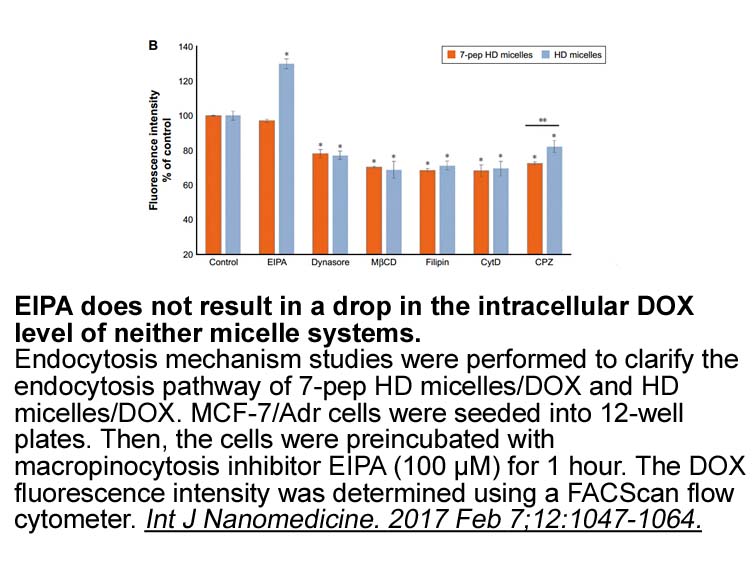
Application of bamboo in the food and pharmaceutical industry For decades, the application of antioxidants in the food and pharmaceutical industry has been widespread. In the past, antioxidants were previously used to control oxidation and retard spoilage but today, many are used because of putat
-
PPM-18 Weak and transient interactions of HMGB
2023-10-25

Weak and transient interactions of HMGB proteins in such hit-and-run mechanisms are understandable given that “fluorescence loss in photobleaching” (FLIP) experiments employing GFP-labeled HMGBs have shown that in living cells they are the most mobile of all nuclear proteins [144]. The entire pool o
-
In addition unconventional mechanisms of internalization can
2023-10-25
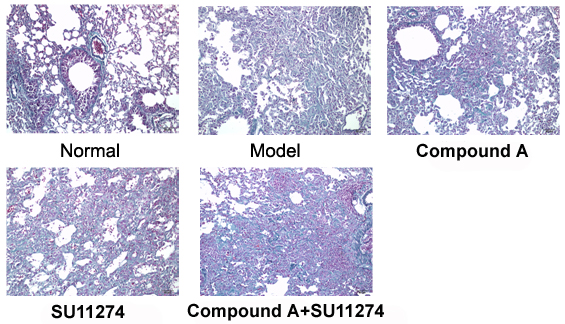
In addition, unconventional mechanisms of internalization cannot be ignored. It is generally believed that the conventional homologous internalization of a GPCR depends on the activation of G proteins, since GRK activation requires the pre-activation of G proteins (Fig. 2). Feng et al. demonstrated
-
To date attention has been directed towards new molecular
2023-10-25

To date, attention has been directed towards new molecular targets in luminal phenotype (ER-positive), such as CDK4/6 and, to a lesser extent, androgen receptor (AR) pathways [8]. While the role of CDK4/6 has been elucidated and their inhibitors have shown a benefit in luminal BC, the role of AR in
-
br Role of AMPK in inflammation signaling Pro inflammatory c
2023-10-25
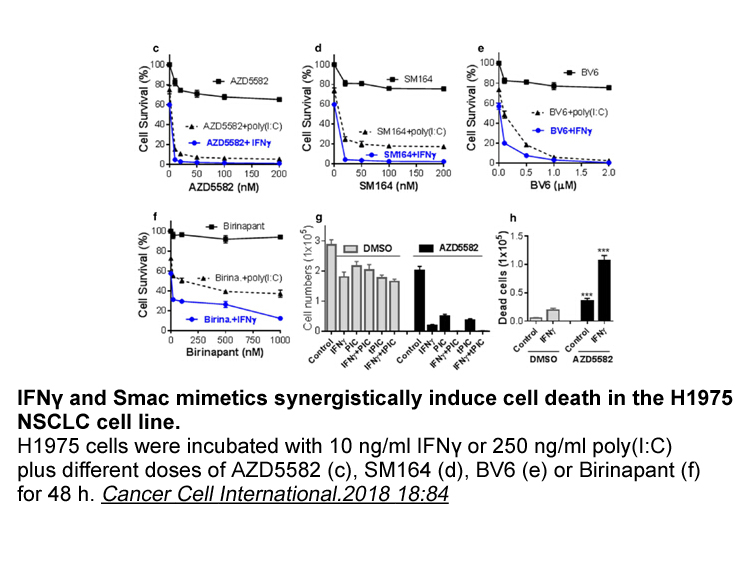
Role of AMPK in inflammation signaling Pro-inflammatory cytokines, such as interleukin (IL)-6 and tumor necrosis factor-α (TNF-α), activate Ikβ kinase (IKKβ), which phosphorylates IκBα, triggering the degradation of proteasomal IκB. This liberates active nuclear factor kB (NF-kB) to translocate i
-
We find that the interaction
2023-10-25
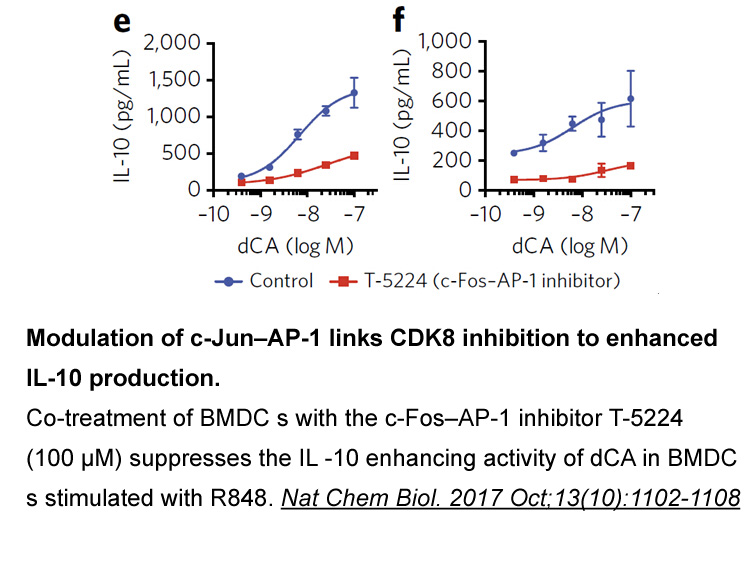
We find that the interaction of NSF and SNAP is critically involved in NMDAR-induced PICK1 unclustering. The binding of SNAP to NSF increases the ATPase activity of NSF, which is known to be essential for the unbinding of PICK1 from GluR2 (Hanley et al., 2002). Disruption of the association between
-
Compelling evidence now indicates that DR
2023-10-25

Compelling evidence now indicates that DR is a multifactorial disease that involves chronic inflammation at every stage, from initiation to progression and eventually to ischemia and NV [6,7]. Data from animal studies suggest that leukocyte-endothelial cell adhesion and entrapment (leukostasis) are
-
br Regulation of AHR Activity AHR activity is regulated
2023-10-25

Regulation of AHR Activity AHR activity is regulated in various ways. First, AHR protein levels are controlled via ubiquitin-mediated proteosomal degradation: Ligand binding induces AHR ubiquitination and subsequent degradation by the proteasome [5]. AIP, a component of the AHR chaperone complex,
-
Phosphodiesterase inhibition increases the intracellular lev
2023-10-25

Phosphodiesterase inhibition increases the intracellular levels of cAMP to restore spontaneous contraction (Essayan, 2001, Qi and Kwan, 1996), acting downstream of adenylyl cyclase. Therefore, cardiac arrest induced by decreased intracellular cAMP levels could be reversed by phosphodiesterase inhibi
-
Based on the improved characteristics of the mutant ECDs
2023-10-25

Based on the improved characteristics of the mutant ECDs we proceeded to crystallization trials, starting with the β1-BPloop as the most promising. We obtained rod shaped hexagonal crystals reproducibly, but with moderate diffraction ability (Fig. 5). Furthermore, the crystals were sensitive in moun
-
br Thymic expression of AChR Both
2023-10-25
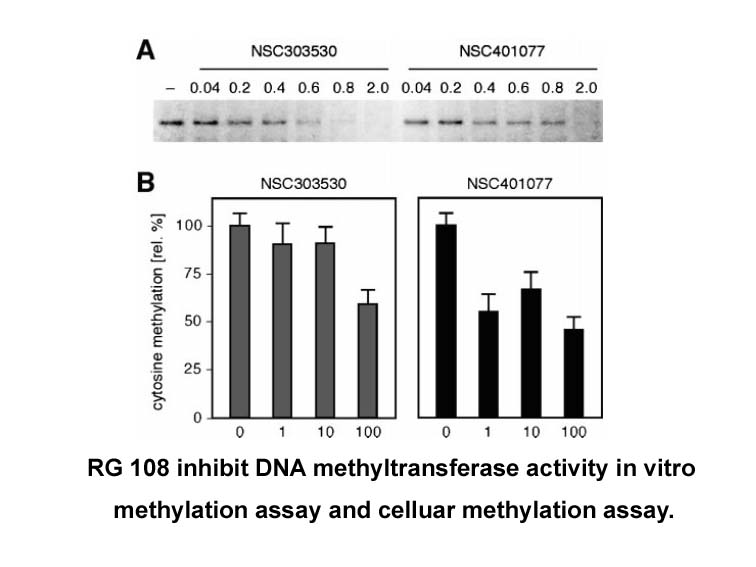
Thymic expression of AChR Both linear unfolded epitopes of AChR subunits and the intact AChR are avidly expressed in thymus, particularly by thymic epithelial cells and myoid cells [17], [18], [19]. AChR-antibody positive MG patients often show thymic hyperplasia, characterized by lymphoid follic
-
Another significant group of reductase inhibitors is the ste
2023-10-24
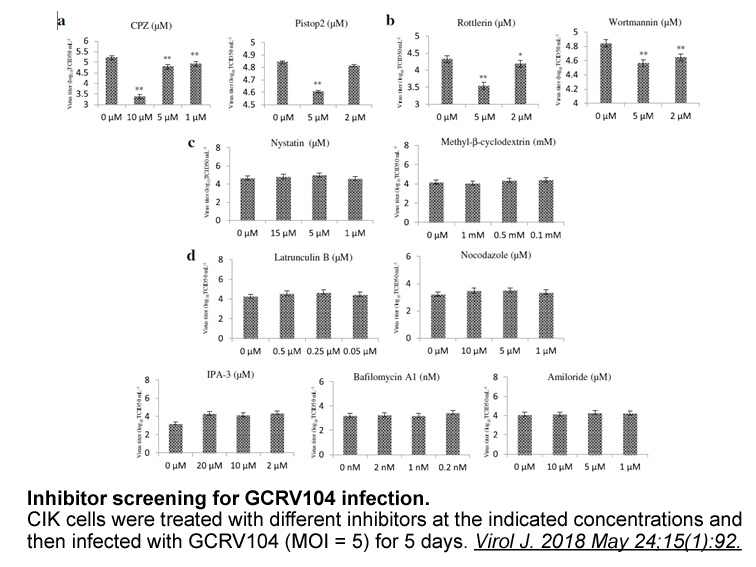
Another significant group of 5α-reductase inhibitors is the steroidal 3-carboxylic paricalcitol derivatives (relevant examples in Fig. 5), which were designed to mimic the putative enzyme-bound enolate intermediate. This was achieved by introducing sp2-hybridized centers at C3 and C4 and an anionic
-
MAZ51 Through activation of the CD GOPC pathway attenuated
2023-10-24

Through activation of the CD46–GOPC pathway, attenuated/vaccinal MeVs rapidly induce a transient phase of autophagy which then diminishes with no signs of negative regulation and precedes a second autophagy phase related to viral protein synthesis [115]. In sharp contrast, virulent MeVs do not inter
-
ATP citrate lyase ACLY is a
2023-10-24

ATP citrate lyase (ACLY) is a cytosolic enzyme that catalyzes the generation of acetyl-CoA from citrate [15]. Acetyl-CoA is the building block for the biosynthesis of fatty acids and cholesterol, and also serves as a substrate of the acetylation reaction of various molecules, including histones and
-
In our bioinformatics analysis of proteins with increased
2023-10-24
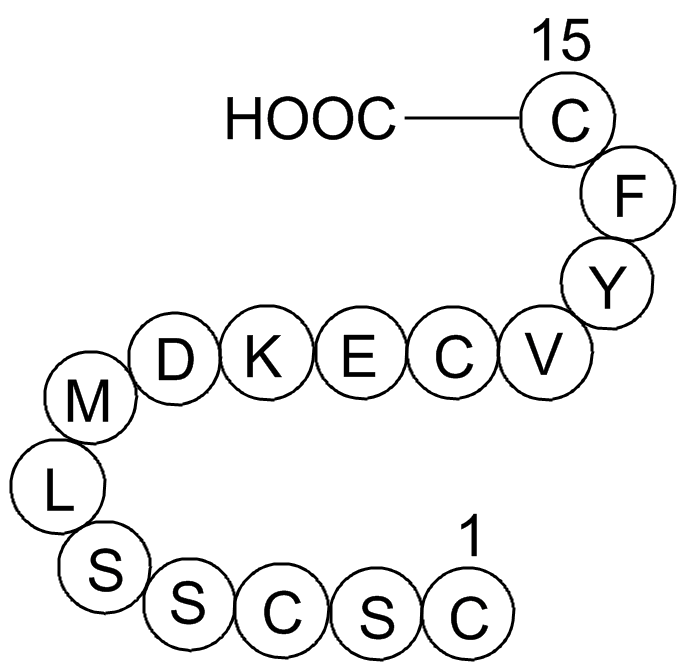
In our bioinformatics analysis of proteins with increased SUMOylation upon treatment with MMC and HU, we found clusters of co-regulated proteins that are known to function together in the RS response. In addition to the ATR activation proteins, BRCA1 and BARD1, we also found Fanconi anemia proteins
16023 records 259/1069 page Previous Next First page 上5页 256257258259260 下5页 Last page